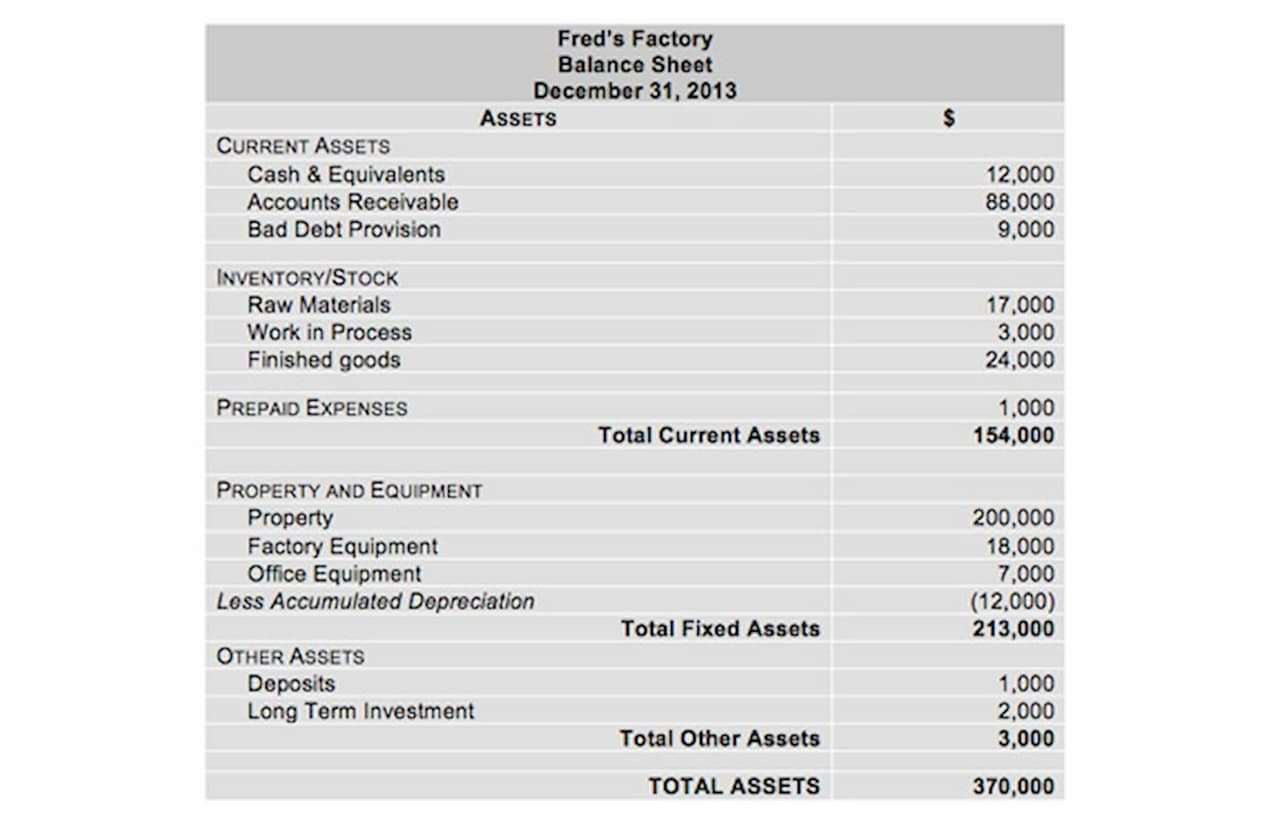
If the company’s total liabilities remain the same, the increase in assets would directly increase the company’s equity by $100,000. Equity can be classified into different types based on the source of the funds. Common equity represents the ownership stake of shareholders who have purchased shares of stock in the company. Preferred equity, on the other hand, represents a special class of shares that have priority over common equity when it comes to dividends and asset distributions. It is important for investors to understand the different types of equity and their rights and https://www.bookstime.com/ privileges. Equity refers to the residual interest in the assets of a company after deducting its liabilities.
Limitations of the D/E Ratio

In most cases, both short-term and long-term investments are also subtracted, however, this requires an analyst’s judgment and depends on how liquid the securities are. Debt, preferred stock, and minority interest are added as these items represent the amount due to other investor groups. Since enterprise value is available to all shareholders, these items need to be added back. Furthermore, once the buyer pays off these securities, they convert into additional shares for the buyer, further raising the acquisition cost of the company. The dilutive effect of these securities can be calculated using the treasury stock method. To calculate the diluted shares outstanding, add the additional number of shares created due to the dilutive effect of securities on the basic securities outstanding.
The Financial Modeling Certification
Locate the total liabilities and subtract that figure from the total assets to give you the total equity. Shareholders consider this to be an important metric because the higher the equity, the more stable and healthy the company is deemed to be. The equity of a company is the net difference between a company’s total assets and its total liabilities. A company’s equity, which is also referred to as shareholders’ equity, is used in fundamental analysis to determine its net worth.

How To Calculate Stockholders’ Equity
This shows how well management uses the equity from company investors to earn a profit. Part of the ROE ratio is the stockholders’ equity, which is the total amount of a company’s total assets and liabilities that appear on its balance sheet. The accounting equation is a concise expression of the complex, expanded, and multi-item display of a balance sheet. The representation essentially equates all uses of capital or assets to all sources of capital where debt capital leads to liabilities and equity capital leads to shareholders’ equity. The shareholders’ equity number is a company’s total assets minus its total liabilities.

What Is the Debt-to-Equity (D/E) Ratio?
Let’s say your friend owns a successful robot lawn mowing business (“think of it as a Roomba for grass,” he tells you) that you want in on. You were broke when the company first incorporated last year, but you have some extra cash now that you’d love to invest in the company. In addition to choosing a name, appointing directors, and filing certain documents, incorporation also involves issuing shares. Our team is ready to learn about your business and guide you to the right solution. All of the above ratios and metrics are covered in detail in CFI’s Financial Analysis Course.
- Shareholder equity alone is not a definitive indicator of a company’s financial health; used in conjunction with other tools and metrics, the investor can accurately analyze the health of an organization.
- Mezzanine debt is a private loan, usually provided by a commercial bank or a mezzanine venture capital firm.
- The accounting equation is also known as the basic accounting equation or the balance sheet equation.
- Equity can increase or decrease depending on various factors, including the company’s profitability and the issuance of new shares.

If a company’s shareholder equity remains negative, it is considered to be in balance sheet insolvency. Companies can issue new shares by selling them to investors cash flow in exchange for cash. Companies use the proceeds from the share sale to fund their business, grow operations, hire more people, and make acquisitions. Once the shares have been issued, investors can buy and sell them from each other in the secondary market (how stocks normally trade on an exchange). Calculate average total equity and ROE in 2019 based on the extracted balance sheet above. The equity value is the total market value of a company’s common equity from the perspective of its shareholders as of the latest closing date of the markets.
Implications of Negative Equity
The asset equals the sum of all assets, i.e., cash, accounts receivable, prepaid expense, and inventory, i.e., $234,762 for total equity formula 2014. The asset equals the sum to all assets, i.e., cash, accounts receivable, prepaid expense, and inventory, i.e., $305,483 for the year 2018. As of Sept. 30, 2024 (the end of the company’s fiscal year), Apple had an accumulated deficit of $19.2 billion. The company also reported an accumulated other comprehensive loss of $7.2 billion.
- The retained earnings are used primarily for the expenses of doing business and for the expansion of the business.
- Therefore, the stockholder’s equity of SDF Ltd as on March 31, 20XX stood at $800,000.
- Yes, total equity can change due to various factors, including profits, losses, dividends, asset revaluation, or issuance/repurchase of shares.
- However, it reflects any changes that have occurred during the period, such as profits earned or losses incurred, dividends paid out, or any new equity financing.
- Subtract the total liabilities from the total assets to get the basic equity figure.
Liabilities are debts that a company owes and costs that it must pay to keep running. Debt is a liability whether it’s a long-term loan or a bill that’s due to be paid. Costs can include rent, taxes, utilities, salaries, wages, and dividends payable. From the beginning balance, we’ll add the net income of $40,000 for the current period, and then subtract the $2,500 in dividends distributed to common shareholders. In our modeling exercise, we’ll forecast the shareholders’ equity balance of a hypothetical company for fiscal years 2021 and 2022. From the viewpoint of shareholders, treasury stock is a discretionary decision made by management to indirectly compensate equity holders.
How to Calculate Total Equity?
- These institutions are valued using metrics such as Price/Earnings and Price/Book value.
- Equity is equal to assets minus liabilities so the company’s equity would be $800,000.
- Property, Plant, and Equipment (also known as PP&E) capture the company’s tangible fixed assets.
- It reflects the value that would be returned to shareholders if all the assets were liquidated and all the company’s debts were paid off.
- It shows that for every debit, It shows that there is an equal and opposite credit for every debit, and the sum of all the assets is always equal to the total of all its liabilities and equity.
Analysts and investors will often modify the D/E ratio to get a clearer picture and facilitate comparisons. They also assess the D/E ratio in the context of short-term leverage ratios, profitability, and growth expectations. The “Treasury Stock” line item refers to shares previously issued by the company that were later repurchased in the open market or directly from shareholders. When companies issue shares of equity, the value recorded on the books is the par value (i.e. the face value) of the total outstanding shares (i.e. that have not been repurchased).

